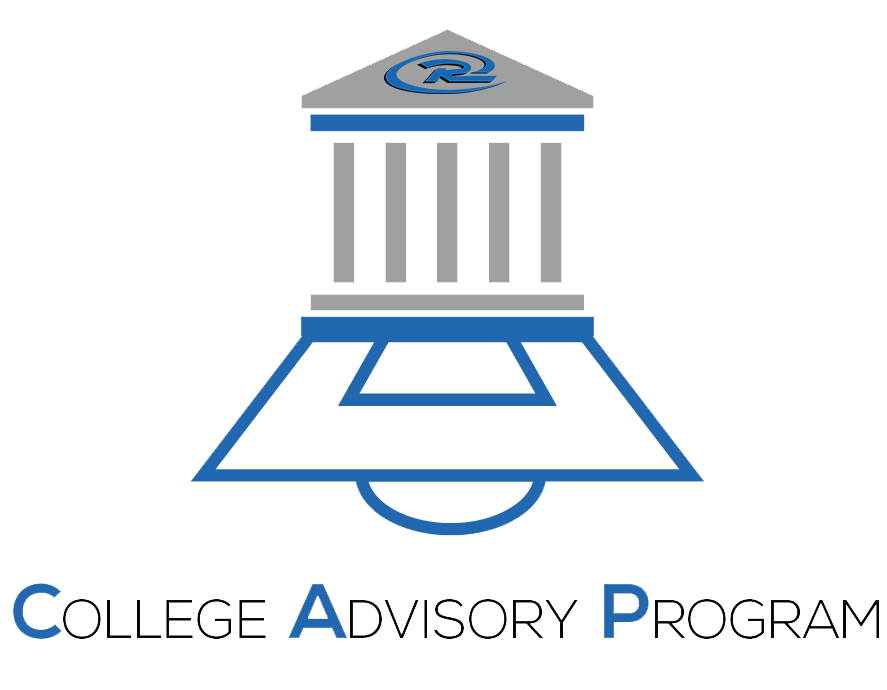CAP Chat Live!
CAP Chat Live! is the #1 Soccer Recruitment Podcast.
We take a deeper dive in the soccer recruitment process.
Host Josh Tyler is the National College Advisory Program Director for Rush Soccer and has 10 years of college coaching experience. Co-host Tyler Tomlinson is the Women’s Head Soccer Coach at Culver-Stockton College and a Regional CAP Director for Rush Soccer.
UN-EDITED | UN-SCRIPTED | UN-CENSORED | UN-HINGED

July 31, 2024
CAP Chat Live! $2.8 Billion NIL Lawsuit
NCAA SOCCER IS UNDERGOING A SEISMIC SHIFT
They explore how this rule could affect recruiting, player development, and the competitive landscape of college soccer. They also discuss the importance of versatility in players and the need for high school players to market themselves effectively. The conversation concludes with speculation about the future of college soccer and the potential divisional changes that may occur.
| Q&A |
| What is the NIL and how does it affect college athletes? |
| The NIL stands for Name, Image, and Likeness. It allows college athletes to make money from their name, image, and likeness, which was not allowed before. This means that athletes can now earn income through endorsements, sponsorships, and other opportunities. It gives them the ability to profit from their athletic abilities while still in college. |
| What was the outcome of the lawsuit regarding the NIL? |
| The outcome of the lawsuit resulted in a settlement of over $2.8 billion to be paid out over 10 years. This settlement is for athletes who played from 2006 onwards and allows them to receive compensation for the use of their name, image, and likeness. However, athletes who played before 2006 are not eligible for this settlement. |
| How does revenue sharing affect college sports? |
| Revenue sharing is a new system where all athletic departments within a conference share the revenue generated. Each school now receives a set amount of money to use for recruitment-related services, including athletic scholarships. This system can lead to changes in roster sizes and the potential for sports to be cut due to financial constraints. |
| What is the impact of revenue sharing on mid-major schools? |
| Mid-major schools, which are not part of the Power Four conferences (ACC, Big Ten, Big 12, SEC), may face challenges due to revenue sharing. These schools may have to decide whether to opt into revenue sharing or not, which can affect their roster sizes and scholarship allocations. The decisions made by other schools in their conference can also impact their ability to compete and recruit athletes. |
| How does the substitution rule change affect college soccer? |
| The substitution rule change, which applies to Division I men’s soccer, limits the number of substitutions a player can make and eliminates reentry into the game. This rule aligns with international soccer rules and may impact game strategies and player development. It is currently only implemented in Division I men’s soccer, but its success or failure may determine if it is expanded to other divisions or women’s soccer. |
| What are the potential effects of the roster cap on college soccer? |
| The roster cap of 28 players can have various effects on college soccer. Coaches may prioritize versatile players who can play multiple positions effectively. It may also lead to increased competition for roster spots and potentially impact the number of players recruited. Additionally, the roster cap may result in more transfers as players seek opportunities at schools with available spots. |
- The NIL lawsuit has led to revenue sharing in NCAA, primarily affecting the power four conferences (ACC, Big Ten, Big 12, SEC).
- Schools have the option to opt into revenue sharing, which affects scholarship limits and roster sizes.
- Non-revenue sports, like soccer, may face budget cuts due to the changes.
- The transfer portal is expected to become more crowded as players are pushed into transferring due to roster cuts.
- The substitution rule, currently for men’s soccer only, may be expanded to women’s soccer in the future.
- The changes in NCAA recruitment have created uncertainty and challenges for coaches and athletes.
- The power four conferences may become more like professional leagues, separate from the rest of the NCAA.
- The new NCAA transfer rule could lead to an influx of transfers and a crowded transfer portal, making it more difficult for high school players to secure spots on college teams.
- The competitive landscape of college soccer may become more blurred, with mid-majors and Division II teams potentially becoming more competitive with Division I teams.
- Coaches may value versatility in players more, as they will be looking for well-rounded players capable of playing multiple positions.
- High school players need to market themselves effectively and showcase their skills and versatility to college coaches.
- The next few years will be crucial for high school players to make informed decisions and be prepared to compete in a changing college soccer landscape.
- Junior college soccer may become a more favorable option for players looking to gain experience and improve their marketability before transferring to a higher-level institution.

